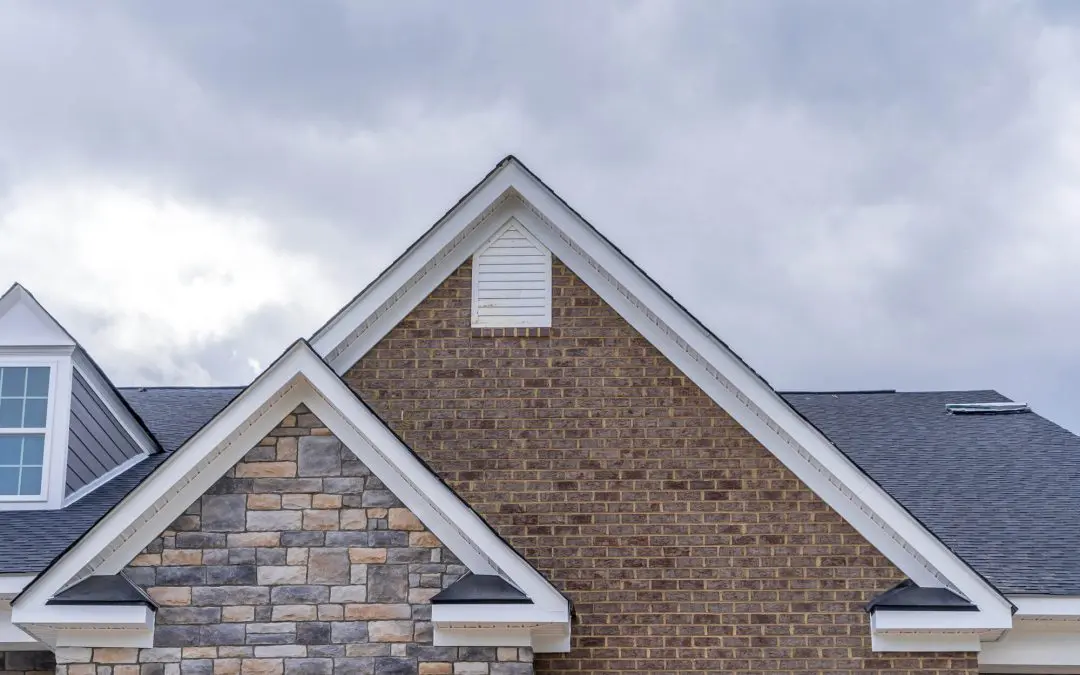Attic ventilation might not be the first thing on your mind when it comes to home maintenance, but it plays a critical role in keeping your home comfortable and energy efficient. If your attic isn’t properly ventilated, you could be dealing with higher energy bills, moisture problems, and even structural damage over time. Understanding how attic ventilation works and why it matters can help you make informed decisions about your home.
Why Attic Ventilation Matters
A well-ventilated attic helps regulate temperature and moisture levels inside your home. During the summer, heat can build up in the attic, causing your air conditioning to work overtime to keep the house cool. In the winter, poor ventilation can lead to condensation buildup, which can cause mold growth and wood rot. Proper airflow helps to prevent these issues by allowing fresh air to enter and stale air to exit.
The primary goal of attic ventilation is to maintain a balanced airflow. This means that cool, fresh air enters through intake vents (usually located at the soffits or eaves) and warm, moist air exits through exhaust vents (such as ridge vents, gable vents, or roof vents). When this system is working correctly, it helps prevent excessive heat buildup, moisture problems, and ice dams in colder climates.
Signs of Poor Attic Ventilation
Many homeowners don’t think about their attic ventilation until they start experiencing problems. Here are a few warning signs that your attic may not be getting enough airflow:
- Your upstairs rooms feel uncomfortably warm in the summer, even with the AC running.
- You notice mold or mildew in the attic or on insulation.
- There is a musty odor coming from the attic space.
- Ice dams form on your roof in the winter, which can cause leaks and damage.
- Your energy bills are higher than expected because your HVAC system is working harder than it should.
If any of these issues sound familiar, it’s worth checking your attic ventilation system to see if it’s functioning properly.
Types of Ventilation Systems
There are different types of attic ventilation systems, and the right one for your home depends on your roof structure, climate, and overall ventilation needs.
Passive ventilation relies on natural airflow to move warm air out and pull cooler air in. Ridge vents, soffit vents, and gable vents are common examples. These systems work well when designed correctly and require little to no maintenance.
Powered ventilation includes attic fans that help push hot air out more quickly. These can be useful in extremely hot climates but should be used with caution, as they can sometimes pull conditioned air from inside the home if the attic isn’t properly sealed.
A balanced system combines intake and exhaust vents to ensure proper airflow. This is the most effective approach, as it creates a steady exchange of air without causing pressure imbalances.
How to Improve Ventilation
If you suspect your attic isn’t ventilating properly, there are a few steps you can take to improve airflow and prevent future problems.
First, inspect your attic for any blocked vents. Sometimes, insulation or other materials can accidentally cover soffit vents, restricting airflow. Clearing these obstructions can make an immediate difference.
Next, check the placement and number of vents. Ideally, intake and exhaust vents should be evenly distributed to allow for balanced airflow. If your attic doesn’t have enough vents, adding more may be necessary to achieve proper ventilation.
You should also ensure that your attic insulation is correctly installed. While insulation is crucial for maintaining indoor temperatures, too much insulation around vents can prevent air from circulating effectively. Using baffles can help keep insulation away from soffit vents while still providing energy efficiency.
Lastly, if your attic still isn’t getting enough airflow, you might consider installing a ridge vent or attic fan. Consulting a professional can help you determine the best solution for your home.
Proper attic ventilation is essential for maintaining a healthy and energy-efficient home. By understanding how it works and taking steps to improve it, you can prevent costly damage and keep your home comfortable year-round.
FAQs
How do I know if my attic has enough ventilation?
A simple way to check is by inspecting your attic for signs of excess heat, moisture, or mold. If your attic feels extremely hot in the summer or if you notice condensation in the winter, you may need better ventilation.
Can too much attic ventilation be a bad thing?
Yes. If there are too many exhaust vents or an imbalance between intake and exhaust, your ventilation system may not work efficiently. A well-designed system should have a balance between intake and exhaust airflow.
Will attic ventilation lower my energy bills?
In many cases, yes. Proper ventilation helps reduce the heat buildup in your attic, which means your air conditioner won’t have to work as hard to keep your home cool. This can lead to lower energy costs, especially in the summer months.
Do all homes need attic ventilation?
Most homes benefit from attic ventilation, but the specific needs depend on factors like climate, roof design, and insulation. Some houses with conditioned attics or spray foam insulation may not require traditional venting.
Can I add attic ventilation myself, or do I need a professional?
Some basic improvements, like clearing blocked vents, can be done by homeowners. However, if you need to add vents or make major adjustments, it’s best to consult a professional to ensure proper installation.
JBS Home Inspections offers professional home inspection services to Greater Boston. Contact us to schedule an inspection.

